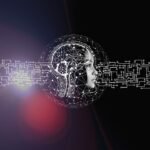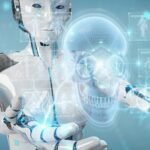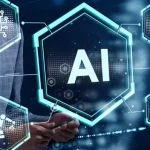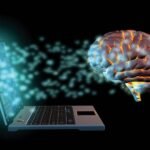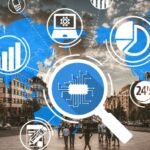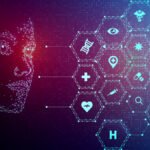European Parliament adopts AI Act position
The European Parliament has taken a significant step toward regulating artificial intelligence by voting to adopt its position on the upcoming AI Act with a large majority. The act aims to regulate AI based on its potential to cause harm, following a risk-based approach that prohibits applications posing an unacceptable risk while imposing strict regulations for high-risk use cases.
The timing of AI regulation has been a subject of debate, but Dragoș Tudorache, one of the European Parliament’s co-rapporteurs on the AI Act, emphasized that it is the right time to regulate AI due to its profound impact.
The adoption of the AI Act faced uncertainty as a political deal collapsed, leading to amendments from various political groups.
One major point of contention was the use of Remote Biometric Identification, with liberal and progressive lawmakers seeking to ban its real-time use except for ex-post investigations of serious crimes. The center-right European People’s Party attempted to introduce exceptions for exceptional circumstances like terrorist attacks or missing persons, but their efforts were unsuccessful.
The AI Act will introduce a tiered approach for AI models, including stricter regulations for foundation models and generative AI.
The European Parliament intends to introduce mandatory labeling for AI-generated content and mandate the disclosure of training data covered by copyright. This move comes as generative AI, exemplified by ChatGPT, gained widespread attention, prompting the European Commission to launch outreach initiatives to foster international alignment on AI rules.
MEPs made several significant changes to the AI Act, including expanding the list of prohibited practices to include subliminal techniques, biometric categorization, predictive policing, internet-scraped facial recognition databases, and emotion recognition software.
An additional layer was introduced for high-risk AI applications, extending the list of high-risk areas and use cases in law enforcement, migration control, and recommender systems of prominent social media platforms.
With the European Parliament adopting its position on the AI Act, negotiations will commence with the EU Council of Ministers and the European Commission. These negotiations will address key points of contention such as high-risk categories, fundamental rights, and foundation models.
Spain, which assumes the rotating presidency of the Council in July, has made finalizing the AI law its top digital priority. The aim is to reach a deal by November, with multiple trilogues planned as a backup.
The negotiations are expected to intensify in the coming months as the EU seeks to establish comprehensive regulations for AI, balancing innovation and governance while ensuring the protection of fundamental rights.











